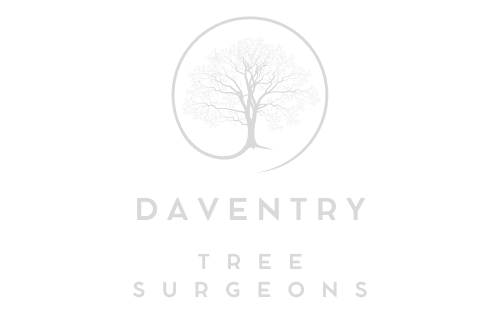Reimagining Rooted Beginnings: Tree Crown Reduction for Correcting Improper Tree Planting
In the intricate tapestry of urban landscapes, trees stand as silent guardians, their roots anchoring them to the earth while their canopies reach for the sky. Yet, the journey of a tree begins long before it graces our streets and parks, starting with the crucial act of planting. Improper tree planting practices can have far-reaching consequences, compromising tree health, structural integrity, and aesthetic appeal. Amidst these challenges, tree crown reduction emerges as a transformative solution for correcting the effects of improper tree planting, fostering resilience and vitality within our urban forests. Join us as we delve into the symbiotic relationship between tree crown reduction and the remediation of improper tree planting, unravelling how this practice promotes the well-being and longevity of our arboreal companions.
Understanding Improper Tree Planting:
Improper tree planting encompasses a range of practices that hinder the healthy establishment and growth of trees in urban environments. Common mistakes include:
- Planting too deeply or shallowly can suffocate roots or expose them to drying conditions.
- Failure to properly loosen root-bound root balls, inhibiting root growth and nutrient uptake.
- Planting in compacted or poorly draining soil limits root expansion and water absorption.
- Planting trees too close to structures or utilities leads to overcrowding and structural conflicts as the tree matures.
The Role of Tree Crown Reduction:
In urban forestry, tree crown reduction serves as a multifaceted approach to remediating the effects of improper tree planting and promoting optimal growth and development. By selectively reducing the size and density of the canopy, arborists can alleviate stress on compromised root systems, redirect resources towards vital areas, and enhance overall structural integrity. This targeted approach mitigates the consequences of improper planting and fosters balanced growth and resilience in urban trees.
Implementing Tree Crown Reduction for Correcting Improper Planting:
- Assessment of Planting Conditions: Arborists thoroughly assess improperly planted trees to identify underlying issues such as root suffocation, compacted soil, or structural conflicts. These assessments inform targeted management strategies to address specific challenges and promote tree health and stability.
- Selective Canopy Reduction: Arborists employ crown reduction techniques to selectively reduce the size and density of the canopy, alleviating stress on compromised root systems and promoting optimal growth and development. By removing excess foliage and redirecting resources towards healthy growth, arborists enhance the tree’s resilience and vitality in its urban environment.
- Root Zone Management: Arborists implement root zone management practices in conjunction with crown reduction to optimise soil health and root growth. Techniques such as root pruning, aeration, and mulching improve soil structure, enhance water retention, and promote nutrient uptake, supporting the tree’s long-term health and stability.
Conclusion: In the journey towards nurturing healthy canopies, tree crown reduction emerges as a transformative practice for correcting the effects of improper tree planting and fostering resilience and vitality within our urban forests. By integrating targeted pruning techniques into tree care practices, arborists can rejuvenate improperly planted trees, enhancing their ability to thrive and contribute to urban ecosystems. As stewards of our urban landscapes, let us embrace the transformative power of tree crown reduction, nurturing trees towards a future of strength, beauty, and sustainability.
Call us on: 01327 225 195
Click here to find out more about Daventry Tree Surgeons
Click here to complete our contact form and see how we can help with your tree’s need.

